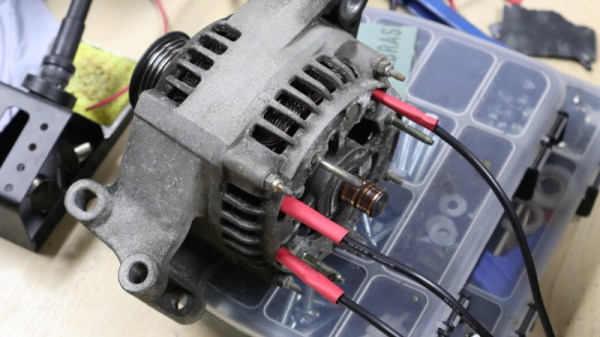One of the current hype trends is the supposedly imminent revolution in air transport. So many companies showing digital renderings and mockups to illustrate their own utopic vision for the future, reaching fevered pitch at events like CES 2020. But aviation has a long history of machinery that turned out to be impractical. Wouldn’t it be great if a company focused their resources on building real aircraft and get real data before cranking up their hype machine? The people at Otto Aviation thought so, and their Celera 500L has reportedly taken to the skies.
If you said “Otto who?” you are not alone. The company has zero PR activity to speak of. Limited internet attention started from aviation fans spotting the Celera 500L under construction at its Southern California airfield. Its unusual exterior appearance and proximity to Hollywood made some dismiss it at first as a movie prop. Anyone with a passing interest in aerospace engineering could immediately see aerodynamics was a priority in this design, its long thin unswept glider-like wings implies the goal is fuel efficiency rather than speed. This was confirmed by internet sleuths uncovering patents filed by people associated with the company.
The patents include very lofty fuel efficiency goals, and industry veterans are skeptical. Fuel is a huge factor in aircraft operating costs where small increases in efficiency translate to big dollars over a plane’s lifetime. It’s hard to believe every other plane maker would deliberately leave so much on the table. There must be far more to the 500L inside that teardrop shaped body, with innovations and potentially making some trade-offs no other company has made. We can see two of them from the outside: the 500L traded off some pilot visibility for aerodynamics, and it has very little ground clearance to absorb the impact of less-than-ideal landings.
It’s certainly possible the ideas leading to this plane will fail to pan out in reality like so many ideas before them. Aerospace engineering is a field littered with debris of concepts that looked great on paper but crashed against a hard and unforgiving reality. But at least Otto Aviation is trying something new by building real hardware to get real data, something well worth recognizing in a sea of hyped up fantasy renderings.
[Photo via SoCal Airshow Review]

















